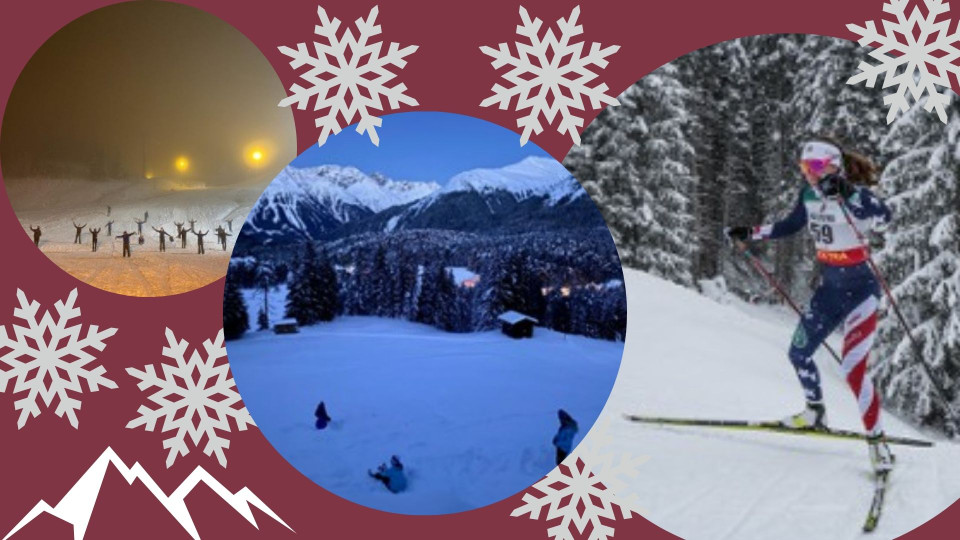Posted by Peter Holmes on Oct 8th 2020
Being Adaptable When The Smoke Hits
By
Peter Holmes
With pretty much all of the west coast burning, it is inevitable that some of that smoke is going get blown east by the prevailing westerly winds. When the smoke engulfs the mountains of Sun Valley, Idaho, we must be adaptable and ready to change plans.
Before a session, we use various different websites that measure air quality to determine if we can train outside and at what intensity. When looking at the air quality we focus primarily on the PM2.5 or particulate matter < 2.5 micrometers. These particles are very tiny, approximately 1/28th the size of a human hair. They can bypass the filters we have in our respiratory systems, get deep into our lungs and blood stream, have acute, short term impacts, and overtime have detrimental effects to your health. (https://undark.org/breathtaking/)
The PM2.5 is measured in micrograms per cubic meter of air (µg/m³). The higher the density of these particles the more dangerous it is to breathe the air. The Global Air Quality Index has a scale for the PM2.5 with regards to safety ranking 0-50µg/m³ as Good, 50-100µg/m³ as Moderate, 100-150µg/m³ as Unhealthy for At Risk Groups, 150-200 as Unhealthy, and 200+µg/m³ as Very Unhealthy. This scale is for the general population who will be outside, and is not specifically tailored to those partaking in strenuous physical activity (i.e., ski training).
We use this scale to determine whether or not it is safe to train and what type of training we will do. If the PM2.5 is under 50 we will do every type of training outside. If the PM2.5 is 50-100, we will limit outdoor training; if it is closer to 50, we will only do easy distance keeping heartrates and respiration rates low, but as it rises closer to 100 we will move indoors. If the PM2.5 is over 100 we will only train inside.
On the SVSEF Gold Team, we are lucky to have many resources that make adapting to indoor training easy. One major feature is the roller ski treadmill. We can easily shift a smoky interval workout inside if needed. In the treadmill room, there is also a SkiErg, spin bike, and running treadmill. These allow us to warm up and cool down inside if needed. We are also fortunate to have access to Zenergy, a local gym that has a brand-new air filtration system and social distancing measures in place. This gives us plenty of options between various strength and cardio machines.
 |
| Technique and Speed Work On Treadmill. When the smoke hits, my preference is the roller ski treadmill. All of SVSEF Nordic shares the treadmill, so it is not always an option. I try to keep things flexible. At the start of the week, we look at the air quality forecast and determine if we should shift big sessions around or move an off day in order to have the best possible air. If the smoke is bad in the morning but is predicted to blow out in the afternoon, then I'll shift around a strength session. If the smoke is going to stick around for a couple of days, I will hunker down with a movie and spin or SkiErg. Out west, smoky days are almost inevitable in the late summer and early fall. Stressing about it doesn't make it go away, so it becomes time to get creative. Whether shifting a single session or a week's worth, it's still possible to get high quality training while inside. |

